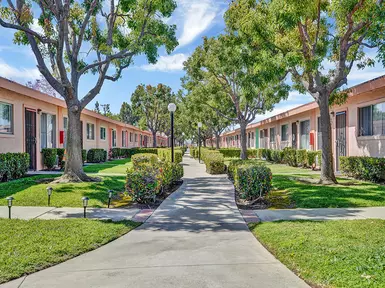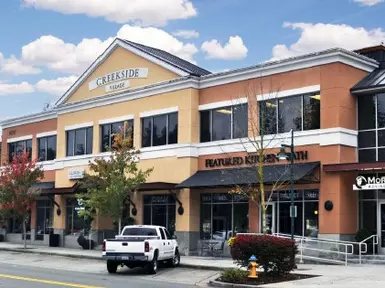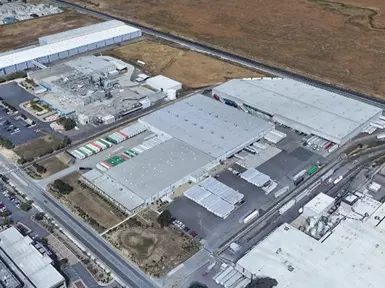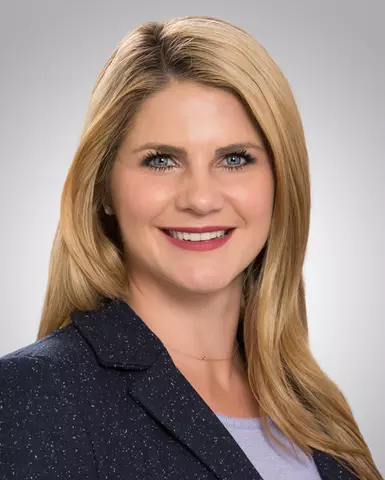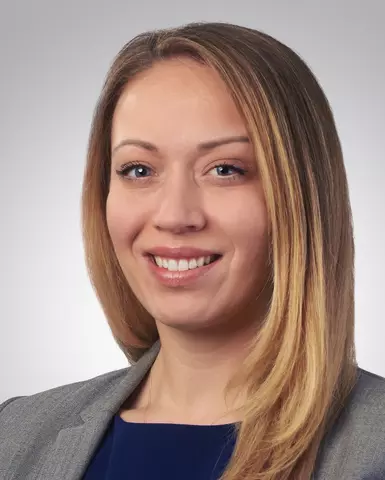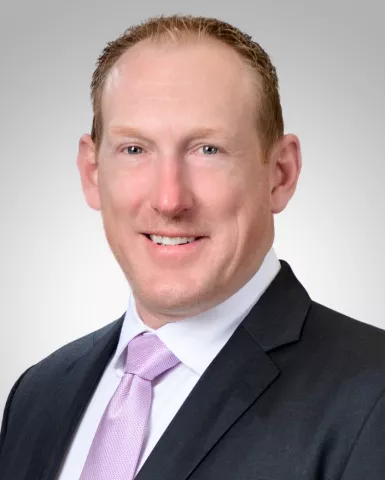About Our Office
Looking for commercial lending solutions in San Francisco, California? Northmarq’s debt and equity professionals offer a hassle-free financing experience, helping to arrange commercial real estate loans for any property type by leveraging our unmatched network of lending partners. Our team works with a wide range of investors, from individuals and developers to institutional owners and more. Additionally, we are a direct Fannie Mae, Freddie Mac, and FHA/HUD lender. Contact us to discuss our specialty services, as well as more traditional financing needs. Ready to get started? Call our local office today to learn more.
The latest
Activity for this office
Transactions
San Francisco CA
